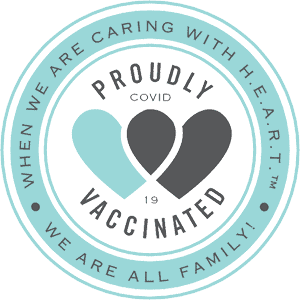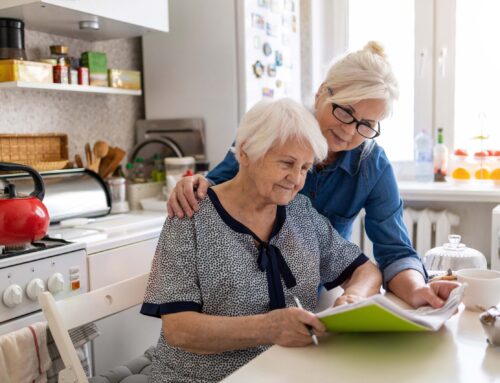The most common cancer in the U.S. is skin cancer, with more than 5 million cases diagnosed each year. Now that it’s May and it’s Skin Cancer Awareness Month, learn how to self-check and take prevention efforts against one of the most preventable forms of cancer.
Skin cancer is largely the result of exposure to ultraviolet radiation from the sun. Statistics show that 90 percent of nonmelanoma skin cancers and 85 percent of melanoma cases are related to this excessive sun exposure.
Primary Risk Factors
People with certain characteristics are at greater risk of developing skin cancer, according to the Centers for Disease Control and Prevention. These include:
- A lighter natural skin color.
- Skin that burns, freckles, reddens easily, or becomes painful in the sun.
- Blue or green eyes.
- Blond or red hair.
- Certain types and a large number of moles.
- A family history of skin cancer.
- A personal history of skin cancer.
- Older age.
Exposure to UV Rays
Whether or not you have any of the risk factors listed above, what’s important is to reduce your exposure to ultraviolet rays. Lowering your exposure to ultraviolet rays promotes healthier skin and lowers you chance of getting skin cancer.
Most people get at least some exposure to ultraviolet rays in the sun when they are outside. Making sun protection a daily habit helps you enjoy being outside safely and avoid getting a sunburn, which lowers your cancer risk.
The A-B-C-D-Es of Melanoma
The most common sign of skin cancer is a change in your skin. It might be a sore that doesn’t heal. It could be a new growth. Or a change in a mole. Just know that not all skin cancers look the same.
For melanoma, the A-B-C-D-E method is a good form of detection:
A—Asymmetrical: Is the mole or spot shaped irregularly with two parts that look very different?
B—Border: Is the border irregular or jagged?
C—Color: Is the color uneven?
D—Diameter: Is the mole or spot larger than the size of a pea?
E—Evolving: Has the mole or spot changed during the last few weeks or months?
If you notice changes such as these or a new growth or other changes to your skin such as a sore that doesn’t heal, talk to your doctor.
Get To Know Regency at Augusta
At Regency at Augusta we know that choosing the right community for yourself or a loved one is a big responsibility. Touring communities and asking questions can be taxing.
Let us make the experience enjoyable for you! We invite you to schedule a visit and come out to experience the Regency at Augusta difference for yourself.


 Schedule a Tour Today!
Schedule a Tour Today!







